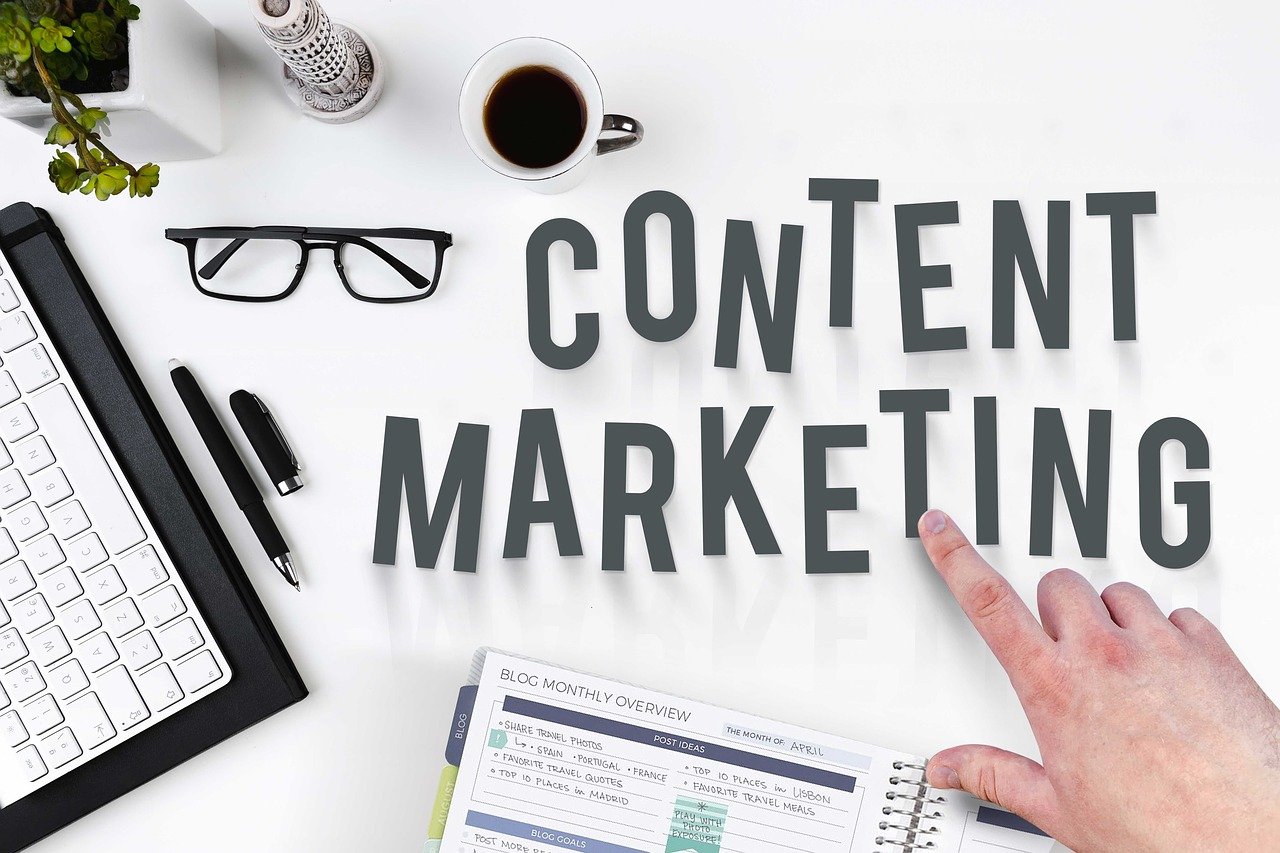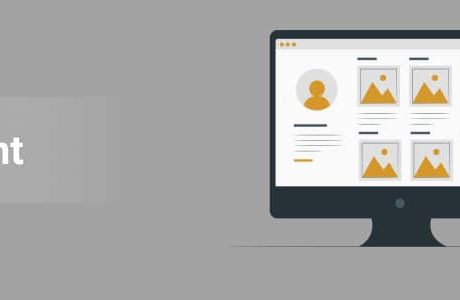By now, most people know the value of a content marketing campaign to your business. Given the reach and convenience of the internet, most brands are bound to hop onto the content marketing bandwagon.
The only problem here is that not everyone who hops onto trends completely understands them. Before you fully commit to a content marketing campaign, it’s important to know what you’re getting yourself into so you can avoid making catastrophic errors.
In this article, we have outlined some horrible content marketing mistakes many marketers are making these days. Read this article if you don’t want to make these mistakes.
Why Should I Consider Investing In Content Marketing?
ROI: The first reason that content marketing is beneficial is that it significantly contributes to your return on investment (ROI).
ROI can come in different forms, such as a customer subscription, better brand visibility, improved brand reputation, increased inbound traffic, and customer loyalty.
Establishing Brand Authority: Content marketing also helps establish your brand as an authority, so long as your content is of good quality. You can even become your niche’s primary source of information. When this happens, customers are more likely to remember your brand whenever they need a product or service that you offer.
Interact with Target Audience: Finally, content marketing is a potent means to interact with your target audience (and your target demographic). Sharing content helps you build trust with your audience, and it also acts as a means to extend your reach even further whenever your audience shares your content.
Lead Generation: Furthermore, frequent followers and readers eventually become actual customers.
Content marketing is a useful method to bolster your business’ performance, but only if you utilize it properly. It’s not a silver bullet that’s going to solve all your marketing problems.
Generally, your best course of action is to hire a content marketing agency to launch and implement your campaign properly, but for those who want to try their hand at doing their own content marketing, there are some mistakes that you need to avoid.
Poor Audience Understanding
At the core level, it boils down to how well you know your audience. Your marketing message will work through the content you publish when you know who you are speaking to. The digital mediums, the analytics, and the other technical aspects come way later.
Publishing content without knowing your audience is simply shooting arrows in the dark. It negatively impacts the different marketing and sales metrics you are trying to achieve.
Here’s how your digital presence might suffer if you make the mistake of not understanding your audience –
Low Engagement
When your content isn’t aligning with your audience, your website will suffer from low engagement.
Low Traffic: Your website can also suffer from low traffic.
Poor Brand Reputation: when your business content is everywhere, your audience doesn’t recognize what you are posting. You also don’t get to build your brand image which can sustain your business for the long term.
Poor SERP Ranking: readers will not stick around to read content that isn’t engaging, giving your website a poor search engine presence.
Publishing Content Without A Goal In Mind:
If you aren’t doing anything for free then you shouldn’t also do anything without a purpose in mind.
Whenever we publish content, it’s important to always have a goal in mind. You have to determine whether the goal of your content is to sell, generate leads, inform, or engage with your audience.
These goals or purposes shape your content strategy, which dominates the core function of your content journey. What’s the content journey, you ask? It’s your process to create, publish, distribute, promote, and measure your content.
Then there are your content channels and promotion tactics based on the type of channel and the type of content you are putting out. Yes, we are talking about everything starting from Social Media and YouTube to Blogs. If you are posting it on Instagram, you’ll use Instagram analytics. But, for blogs, you’ll need to use tools like Google Analytics.
Your goal will determine things about your content, such as your call to action and tone (whether conversational, informative, or imperative). For example, if your content is meant to sell a product, it needs to sound friendly yet informative. A post that’s meant to engage with your audience is best written in a sincere, genuine tone.
Failing To Utilize Paid Content Amplification:
The internet is currently oversaturated and highly competitive. Content brands are constantly vying to get their message on the feeds of prospective customers.
The brand that gets relegated to the background will surely lose customers, even if its product is superior to that of its competitor. Paid amplification helps your content reach your intended audience, and it almost always produces quality leads. Consider the fact that even industry giants make use of paid content amplification.
This means that you should do so as well if you want to stay relevant in your chosen industry.
Forgoing The Use Of Social Media Stories:
Social media stories are mobile-viewed vertical videos and images that appear outside a user’s regular feed and last only 24 hours. Storytelling will be the key to distributing your content successfully. Stories are perfect for building emotional connections with your audience because they are more casual and are mostly used as a medium for real-time engagement.
Stories also have a natural progression. This means that users can arrange their content to be more cohesive to viewers. Stories also allow users to enable their viewers to react to the story while also helping users determine the type of content that viewers want.
Limiting Your Content Form:
In today’s market, text and image content alone will not differentiate you from your competitors, especially when you consider that users are gradually shifting away from written content because of the increasing popularity of video content, podcasts, and infographics. This is especially true considering how these types of content are also searchable on major search engines.
It’s important to invest in other content channels to maximize your reach. This also allows your users to choose how they consume your content. The best part about this is that you don’t necessarily have to generate new content to fill these channels.
In fact, you can repurpose written content and simply change the channel they’re published on. An old blog post can serve as your framework for your video and audio content. Your users will appreciate the variety of your content, and this variation will also help improve your website’s SEO ranking.
Ignoring Data Analysis:
Successful content marketing is not just based on artistic taste and content popularity. It is also heavily influenced by data. Running an analysis of your campaign’s performance grants brands the insight needed to make informed decisions regarding content.
The numbers will help you determine which approach is better for a particular demographic. This also allows users to correct a wrong approach.
For example, if you’ve discovered that most of your users are active at a certain time, then use that data to determine the best time to publish your content. Simply ignoring the data will not only rob you of the traffic you would have gotten otherwise, but it will also convey that you’re indifferent to your audience, which will eventually spell the failure of your campaign.
Conclusion
Content marketing is a boon to business owners because it grants them the ability to grow their businesses quickly. It requires a lot of work and experience to get it right the first time, but since you’re posting your content on the internet, it essentially means that as long as your website is up, your content will continue to do its job. Whether your content becomes effective or not depends on whether you do things correctly.
Read Also:
























